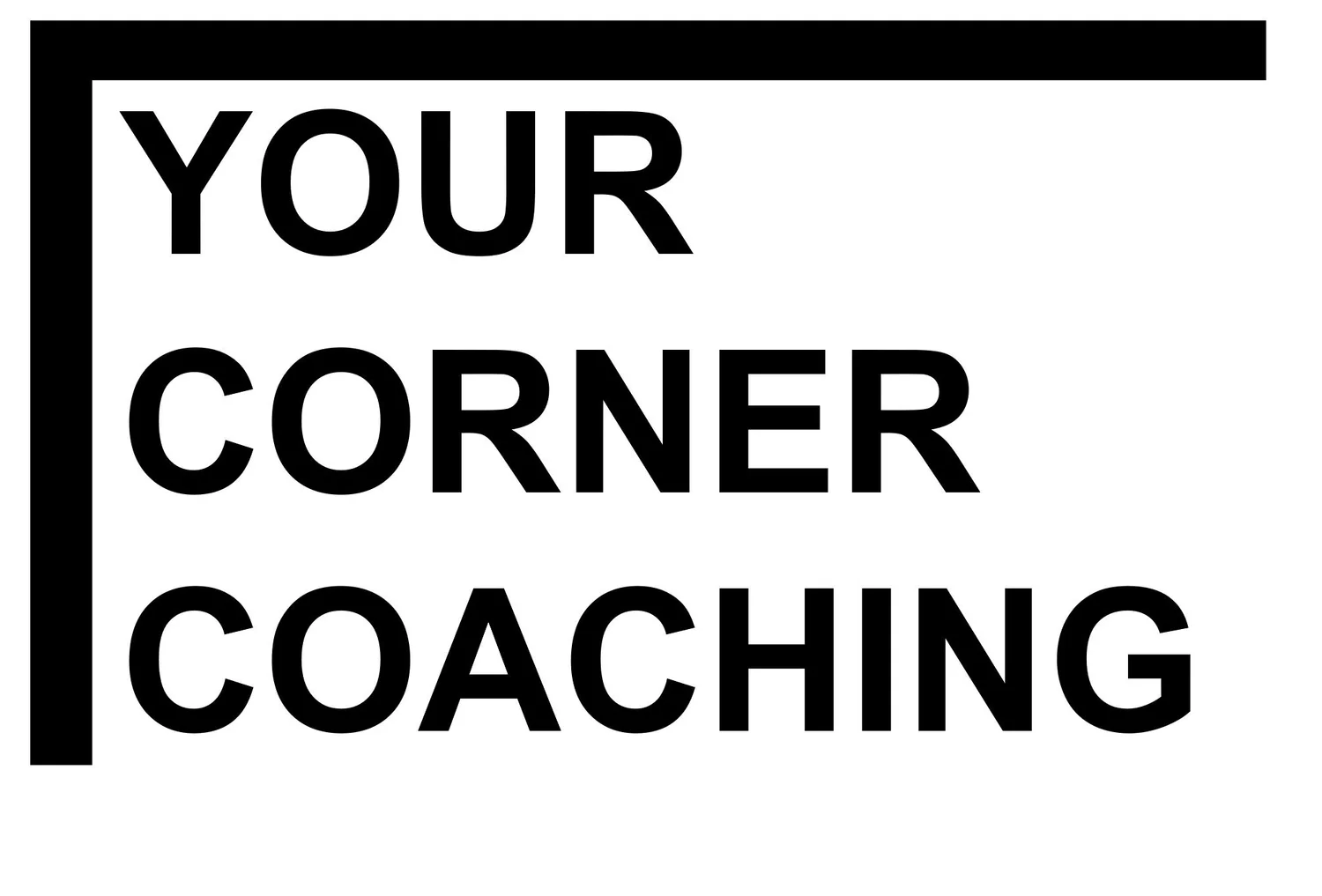Why Mindset Comes First
When I started working with my executive coach, I expected the focus to be on strategy—how to lead, how to grow, how to prioritize. And sure, we touched on those things. But again and again, we kept returning to one core area: Mindset.
Because underneath every opportunity or challenge—whether you’re leading a team or trying to land your first internship—mindset is the filter that shapes how you show up. It determines what you believe is possible, how you react under pressure, and whether you take the first step toward something bigger.
It’s the foundation I work on most with my coaching clients. And it’s the “M” that starts everything in the MAP IT framework—for a reason.
1. The First Step Is Often the Hardest
Most students don’t miss out on opportunities because they aren’t qualified. They miss out because they talk themselves out of trying.
They assume the scholarship is for someone smarter. The leadership role is for someone more confident. The internship is for someone with better connections. So they don’t apply. Or worse—they don’t even let themselves want it.
That moment—before the application, before the interview, before the first day—is where mindset matters most. You have to believe you belong before anyone else tells you that you do. And that belief is often the spark that starts everything.
2. Confidence Isn’t Everything—But It Counts for a Lot
Let’s be honest: confidence changes the way people perceive you. And more importantly, it changes the way you perceive yourself.
But real confidence isn’t loud. It’s not performative. It’s a quiet, internal alignment—knowing your values, your work ethic, and your ability to grow. That kind of confidence shows up in the way you ask questions, lead a group project, advocate for yourself in a meeting, or walk into a job interview.
When I first started managing teams in my mid 20s, most of my direct reports were older than me. I constantly questioned whether I was experienced enough to lead. I’d ask my boss for a second opinion, over-explain decisions, and wonder if people were secretly waiting for me to mess up.
But over time, I realized the only way to lead well was to trust myself—to stop asking for invisible permission and start owning the seat I had earned. That shift didn’t come from someone giving me authority. It came from adjusting my mindset.
3. Mindset Is What Gets You Through the Toughest Days
Hard things are inevitable.
It’s not if you’ll get rejected, mess something up, or feel overwhelmed—it’s when. The question is what you’ll do next. Mindset is what determines whether you spiral or stabilize, whether you internalize failure or learn from it.
I don’t coach students or early-career professionals to avoid challenges. I coach them to move through those moments with clarity. That means learning to separate identity from outcome. Building routines that restore energy. And having a toolkit to pull from when your inner critic is the loudest voice in the room.
A resilient mindset doesn’t mean pretending everything’s fine. It means staying grounded when it’s not.
Why It’s the First Step in MAP IT
Mindset comes first because it affects everything else. It’s the difference between showing up with confidence or shrinking back. Between taking action or staying stuck. Between growing from hard things or being knocked off course by them.
It’s not a one-time lesson—it’s a practice. And like anything else worth practicing, it gets stronger over time.
So when students or young professionals ask me where to begin, I don’t start with academics, involvement, or a five-year plan. I start here:
What do you believe about yourself?
What do you tell yourself when things get hard?
And what might change if your mindset got stronger?
That’s where everything begins.

